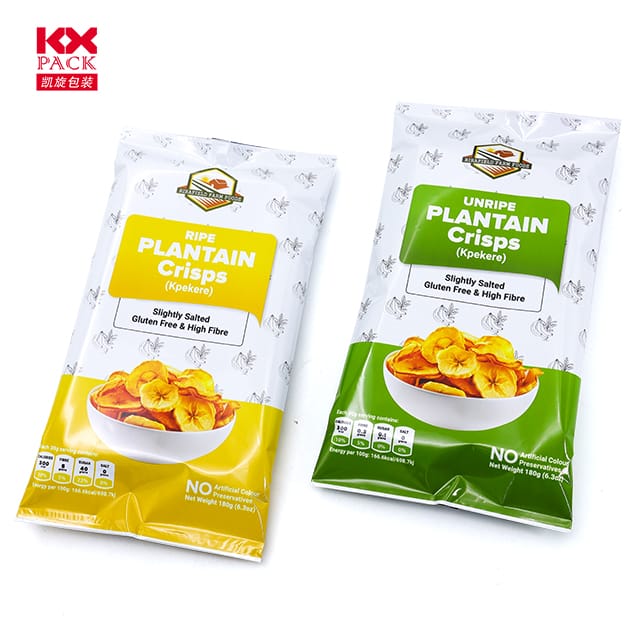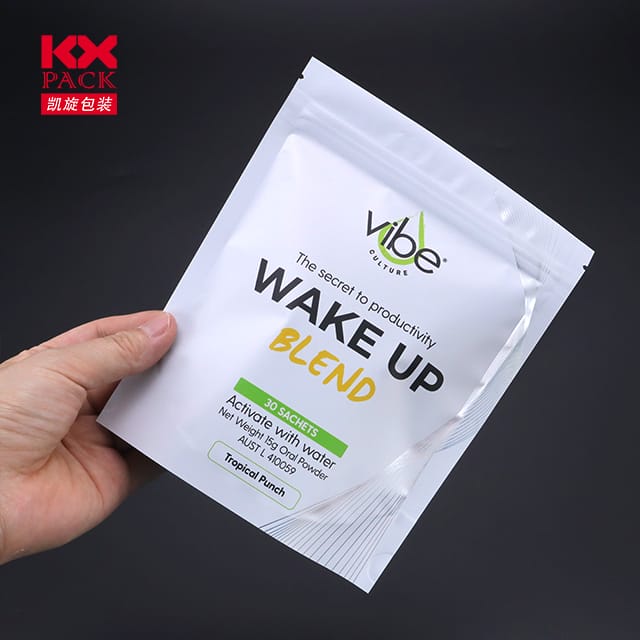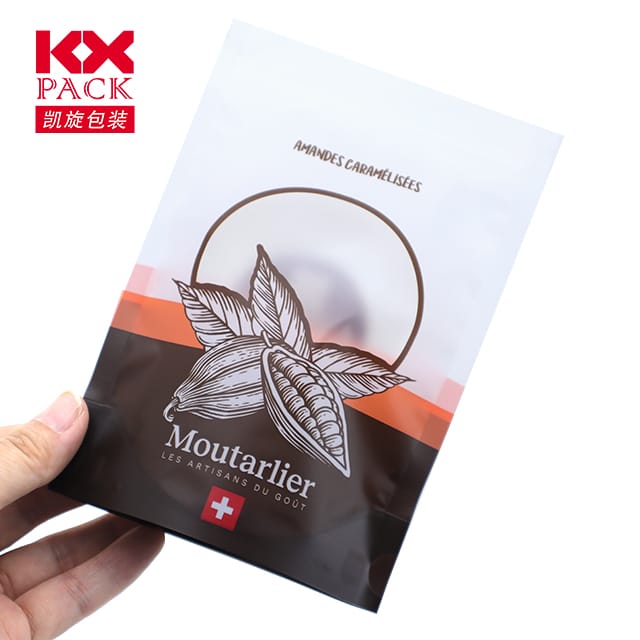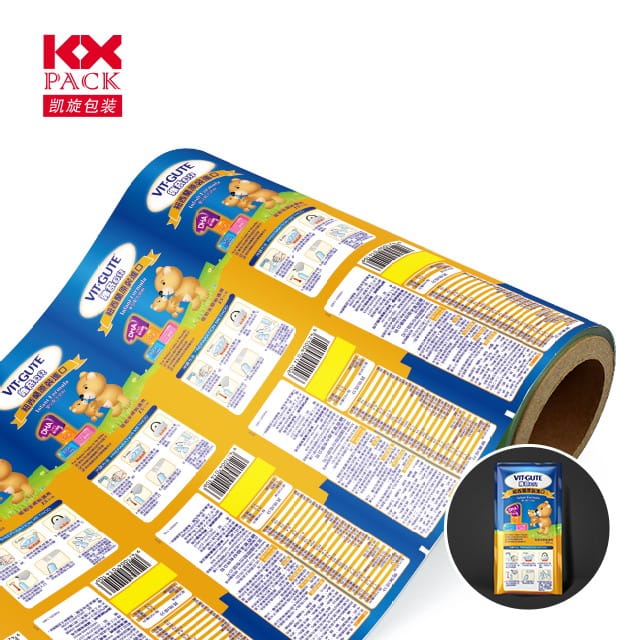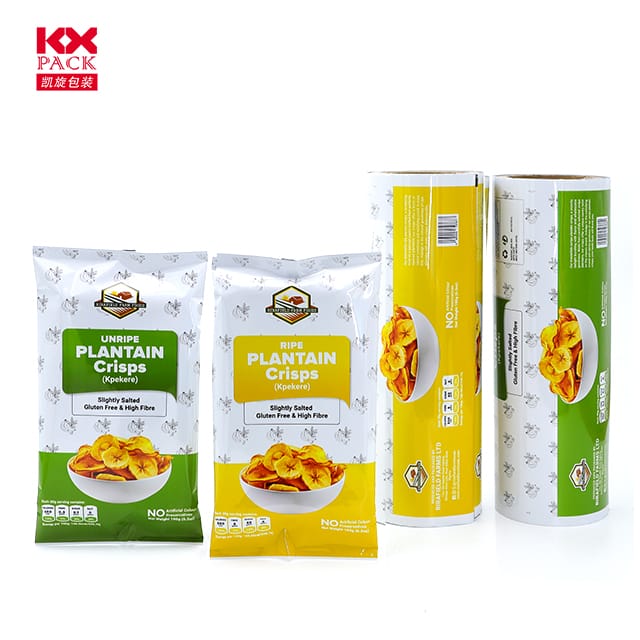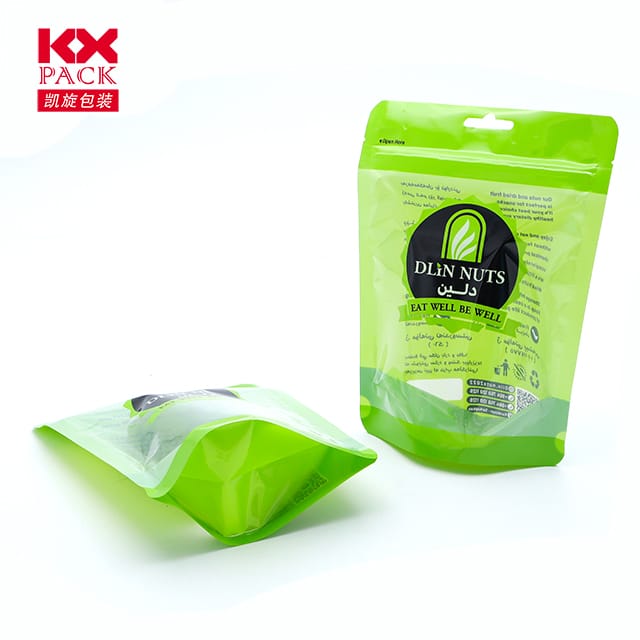食品电影包装的多功能世界: 保留新鲜度和风味
食品胶片包装
In the bustling kitchen, 创造力符合烹饪艺术的地方, 一个经常被忽视但必不可少的工具脱颖而出: 食品胶片包装. 这种看似简单的创新彻底改变了我们存储的方式, 运输, 并出现食物, 确保新鲜感, 味道, 从准备菜之前,演示文稿一直保持完整,直到享用. Let’s dive into the fascinating world of food film wrap and explore its myriad uses, 好处, and the latest innovations shaping this humble yet essential kitchen staple.
食品胶片包装, also commonly known as cling film or plastic wrap, 很瘦, flexible plastic sheet designed to tightly adhere to food surfaces. Made from materials like polyethylene (体育) 或聚氯乙烯氯化物 (PVDC), it creates an airtight seal that protects food from oxygen, 水分, 和污染物, thereby extending its shelf life and preserving its quality.
保留新鲜度: The Primary Role
以其核心, food film wrap’s primary function is to preserve food freshness. By sealing out air, it slows down oxidation, a process that can cause fruits, 蔬菜, and meats to spoil. This airtight barrier also helps retain moisture, keeping delicate items like lettuce crisp and berries juicy. For leftovers, it’s a game-changer, preventing dryness and staleness, and keeping flavors intact until the next meal.
Beyond Freshness: Enhancing Presentation
Beyond its practical uses, food film wrap plays a crucial role in food presentation. Chefs and home cooks alike use it to mold salads, wrap aspics and terrines, and cover dishes for a clean, 专业的外观. The transparent nature of the wrap allows food to be displayed attractively while still being protected, making it a staple in restaurant kitchens and household kitchens alike.
Innovations in Food Film Wrap
The evolution of food film wrap doesn’t stop at basic preservation. Today’s market offers a variety of innovative options tailored to specific needs:
- Compostable and Biodegradable Wraps: In response to environmental concerns, manufacturers have developed wraps made from plant-based materials like PLA (聚乳酸), which decompose naturally, 减少塑料废物.
- Microwave-Safe Wraps: Designed to withstand heat without melting or emitting harmful chemicals, these wraps make reheating leftovers a breeze while still maintaining food quality.
- 可重复使用的包装: An eco-friendly alternative to single-use plastic, reusable wraps are made from materials like beeswax, cotton, or silicone, offering a sustainable solution for food storage.
Practical Tips for Using Food Film Wrap
To get the most out of your food film wrap, here are a few practical tips:
- Stretch It Out: For a tight seal, stretch the wrap tightly over the food before pressing down to adhere. This removes any air pockets and creates a better barrier.
- Avoid Direct Heat: While some wraps are microwave-safe, it’s best to avoid direct contact with high heat sources to prevent melting and potential chemical leaching.
- 负责任地回收: For conventional plastic wraps, check local recycling guidelines to ensure proper disposal. Opt for compostable or reusable alternatives where possible.
结论: A Kitchen Essential for the Modern Cook
综上所述, food film wrap is a versatile and indispensable tool in any kitchen, whether you’re a professional chef or a home cook. 它保留新鲜度的能力, enhance presentation, and adapt to modern needs through innovations makes it a staple worth investing in. As we continue to explore more sustainable options, the future of food film wrap looks not just functional but also environmentally conscious. So next time you reach for that roll in your kitchen drawer, 记住: behind its simple appearance lies a world of possibilities, designed to keep your culinary creations at their best.

